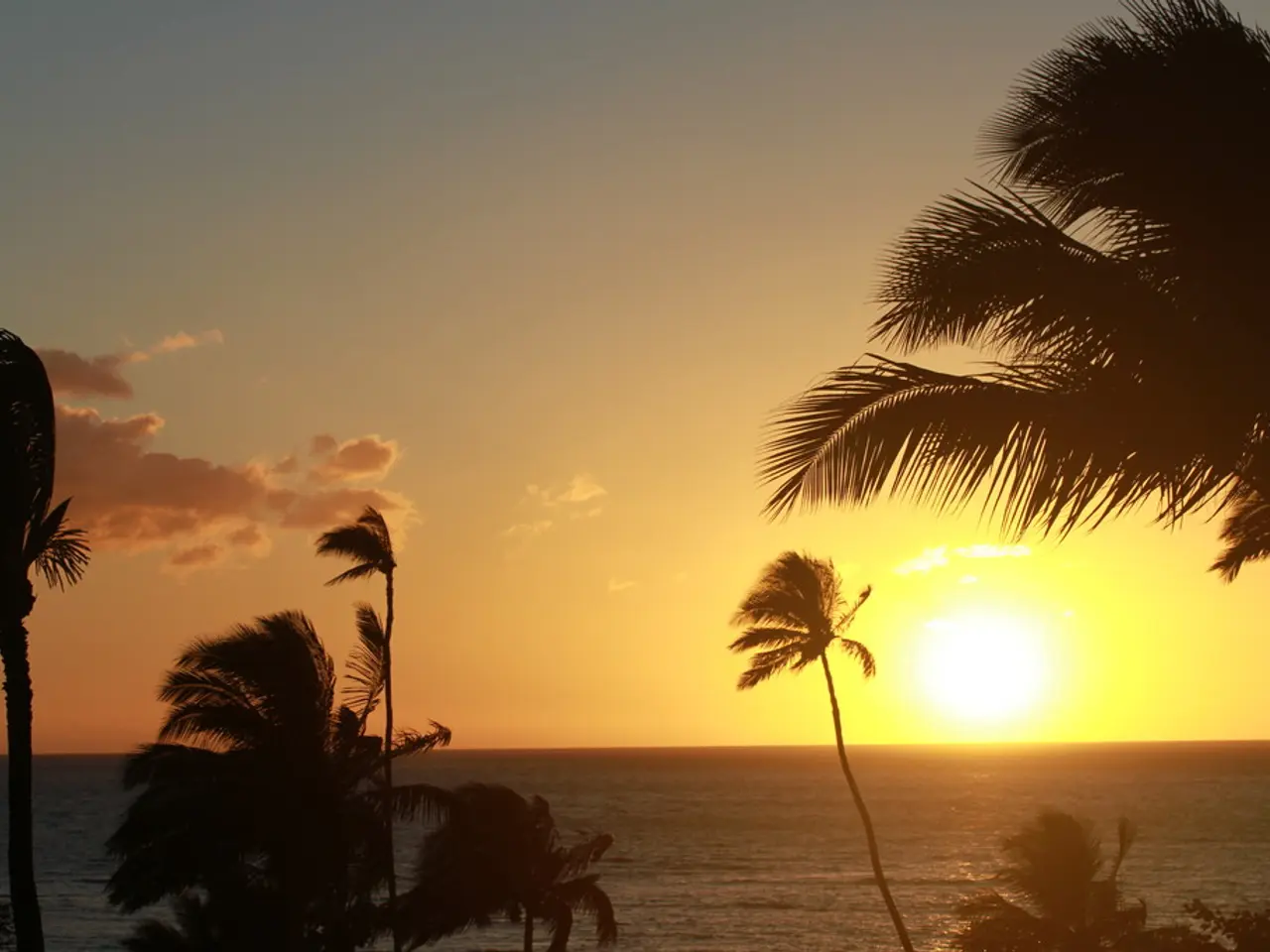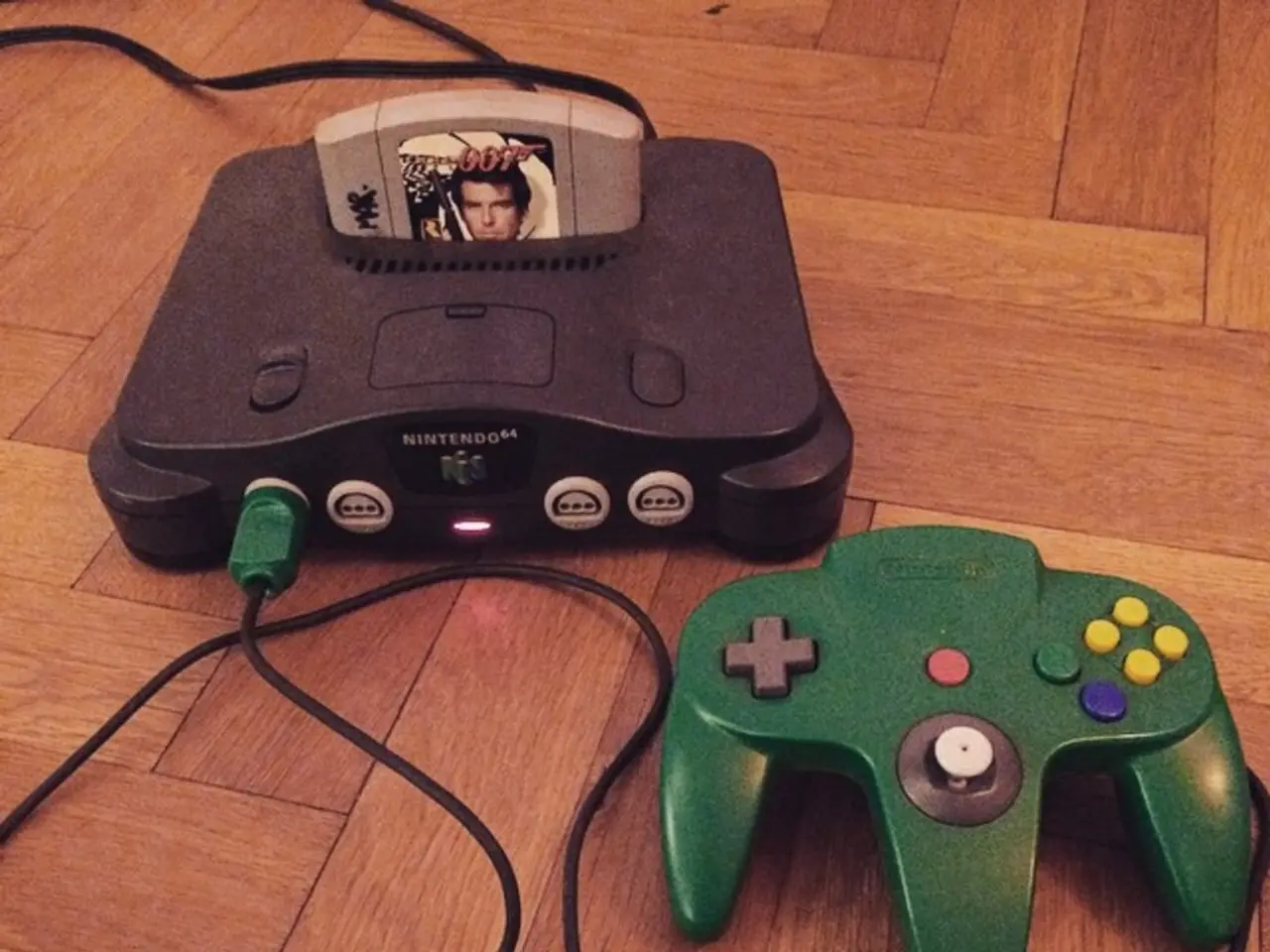Previewing captivating images of the Perseids Meteor Shower
The highly anticipated Perseids meteor shower is set to peak on the evening of August 12th, offering a spectacle of shooting stars across the night sky. Here's a guide on how to capture these celestial wonders with your smartphone.
The main action of the Perseids takes place in the constellation of Perseus, with meteors visible all over the sky. However, for the best viewing experience, the night from August 12th to 13th, between 2 and 4 am, is optimal. During this time, you might catch up to 60 shooting stars per hour in light-pollution-free regions.
To photograph the Perseids with a smartphone, key tips include:
- Use a tripod or stable surface to keep the phone steady for long exposure shots, as meteors require slow shutter speeds to capture streaks of light.
- Manually set your camera app to long exposure or night mode if available, avoiding auto or preset scene modes. Aim for exposures typically between a few seconds to 20-30 seconds depending on your app's options.
- Increase ISO sensitivity moderately (around 800-3200) to brighten the image, but avoid too much noise.
- Choose the widest field of view to maximize the sky area captured, improving chances of catching a meteor.
- Find a very dark location away from city lights to reduce light pollution, improving visibility and photo quality.
- Point your camera near the Perseid radiant, located in the northeastern sky, about 40 degrees above the horizon, especially in the hours before dawn during the shower peak (around August 12-13).
- Use a red filter or set your phone screen to red light mode to preserve your night vision while setting up and shooting.
- Be patient and take many photos — meteor captures are random, so continuous shooting over an hour or more increases chances.
- Consider using smartphone apps designed for astrophotography or manual control, which allow setting long exposures, ISO, and focus adjustments.
- Keep your phone warm and battery full, as long exposures and cold night conditions can drain smartphone batteries quickly.
Noticeable numbers of meteors can be seen in the nights before and after August 12th. To help locate the Perseids, star maps and apps like Sky Tonight or Star Walk 2 (iOS/Android) can be useful.
In summary, stable positioning, manual long exposure control, a dark viewing site, proper pointing, and patience are the best practices for photographing Perseids with a smartphone. Since smartphones have smaller sensors and lenses than DSLRs, maximizing light intake and stability are crucial for good results. Happy stargazing and good luck with your Perseid photos!
By setting your smartphone on a stable surface for long exposure shots and manually adjusting camera settings to long exposure or night mode, you can capture the streaks of light from the Perseids meteor shower, especially during the peak night of August 12th. To enhance your chances of capturing these celestial wonders, it's recommended to use apps specialized in astrophotography or manual control to adjust focus, ISO, and exposure duration, and to locate a dark, light-pollution-free site away from city lights.




